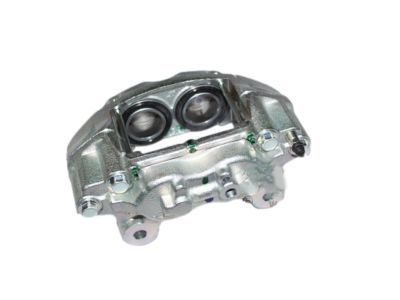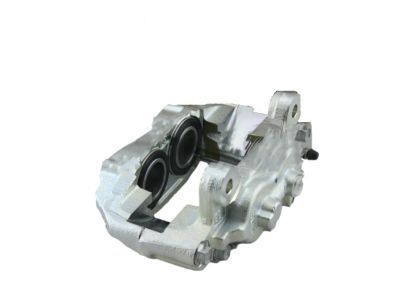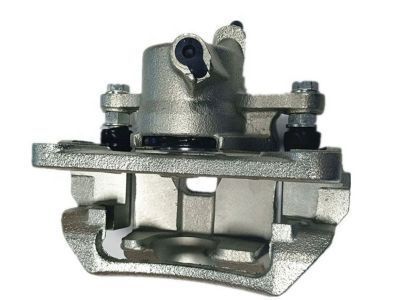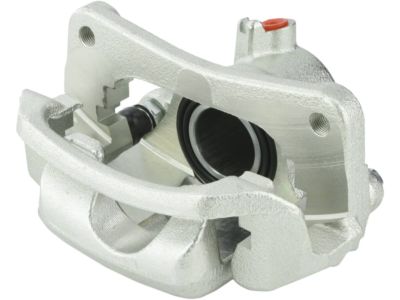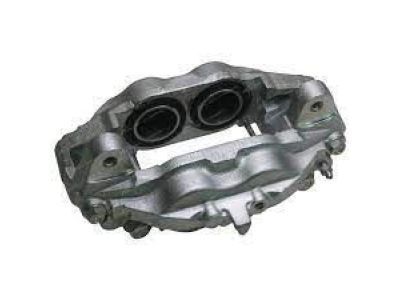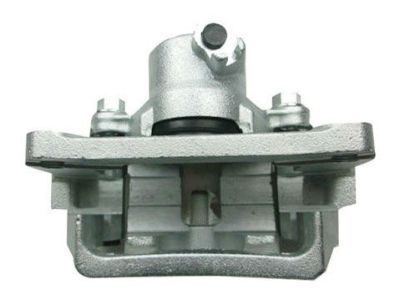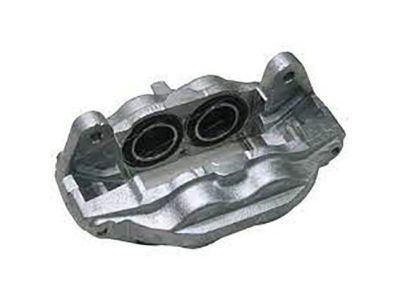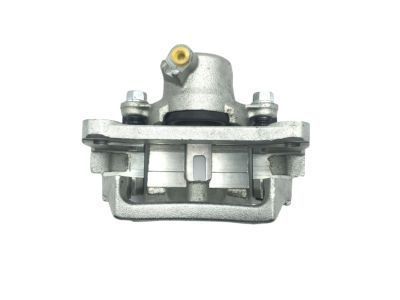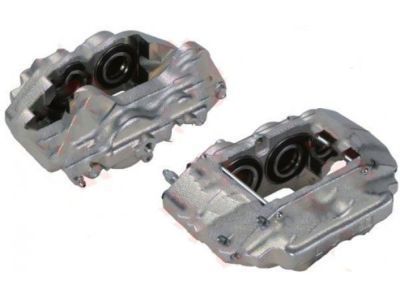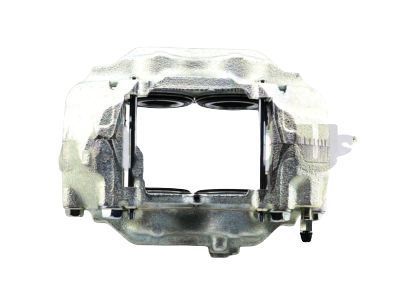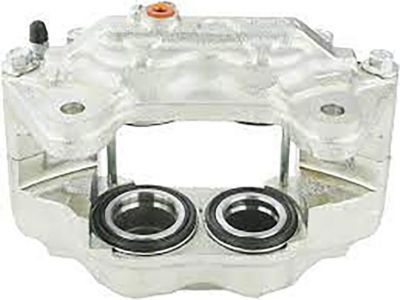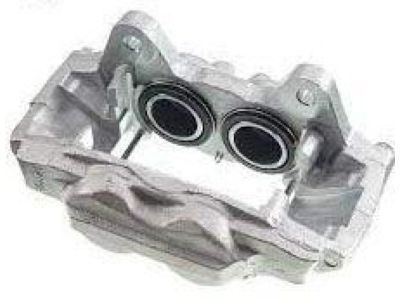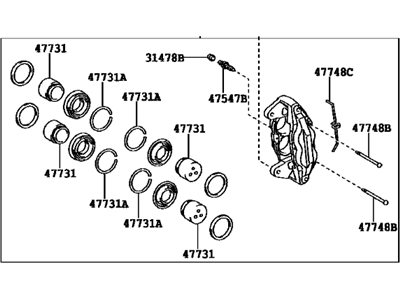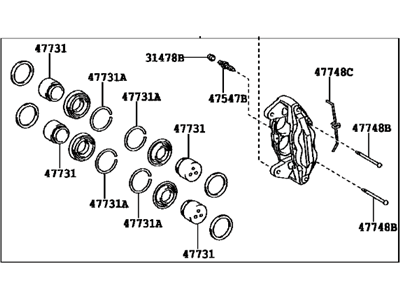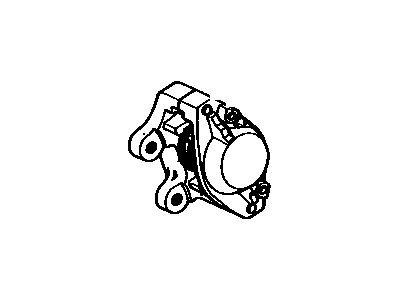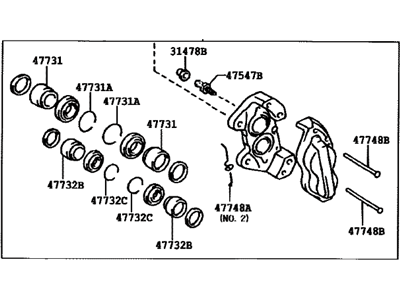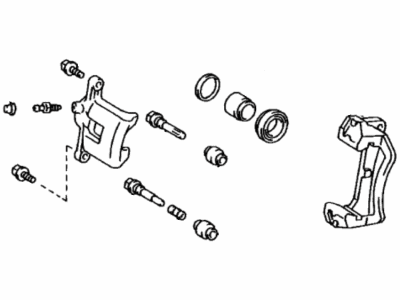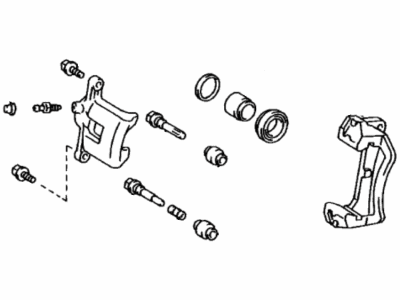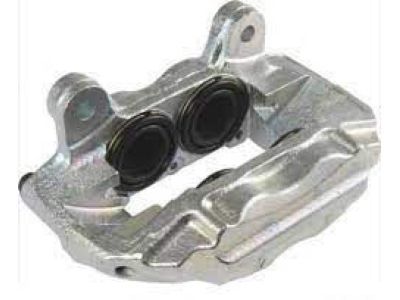×
- Live Chat
- 1-888-905-9199


My Garage
My Account
Cart
Genuine Toyota Land Cruiser Brake Caliper
Caliper- Select Vehicle by Model
- Select Vehicle by VIN
Select Vehicle by Model
orMake
Model
Year
Select Vehicle by VIN
For the most accurate results, select vehicle by your VIN (Vehicle Identification Number).
24 Brake Calipers found
Toyota Land Cruiser Cylinder Assy, Disc Brake, LH
Part Number: 47750-60061$159.46 MSRP: $226.70You Save: $67.24 (30%)Ships in 1-3 Business DaysToyota Land Cruiser Cylinder Assy, Front Disc Brake, RH
Part Number: 47730-60061$159.46 MSRP: $226.70You Save: $67.24 (30%)Ships in 1-3 Business DaysToyota Land Cruiser Cylinder Assy, Rear Disc Brake, RH
Part Number: 47730-60101$175.49 MSRP: $249.49You Save: $74.00 (30%)Ships in 1-2 Business DaysToyota Land Cruiser Cylinder Assy, Disc Brake, Rear LH
Part Number: 47750-60101$175.49 MSRP: $249.49You Save: $74.00 (30%)Ships in 1-2 Business DaysToyota Land Cruiser Cylinder Assy, Front Disc Brake, RH
Part Number: 47730-60280$148.91 MSRP: $211.70You Save: $62.79 (30%)Ships in 1-2 Business DaysToyota Land Cruiser Cylinder Assy, Rear Disc Brake, RH
Part Number: 47730-60070$163.44 MSRP: $232.36You Save: $68.92 (30%)Ships in 1-3 Business DaysToyota Land Cruiser Cylinder Assy, Disc Brake, LH
Part Number: 47750-60280$150.92 MSRP: $214.56You Save: $63.64 (30%)Ships in 1-2 Business DaysToyota Land Cruiser Cylinder Assy, Disc Brake, Rear LH
Part Number: 47750-60070$163.44 MSRP: $232.36You Save: $68.92 (30%)Ships in 1-2 Business DaysToyota Land Cruiser Cylinder Assy, Disc Brake, LH
Part Number: 47750-60080$246.26 MSRP: $353.11You Save: $106.85 (31%)Ships in 1-3 Business DaysToyota Land Cruiser Cylinder Assy, Disc Brake, LH
Part Number: 47750-60090$259.60 MSRP: $372.25You Save: $112.65 (31%)Ships in 1-2 Business DaysToyota Land Cruiser Cylinder Assy, Front Disc Brake, RH
Part Number: 47730-60090$259.60 MSRP: $372.25You Save: $112.65 (31%)Ships in 1-2 Business DaysToyota Land Cruiser Cylinder Assembly, Disc
Part Number: 47730-60340$163.44 MSRP: $232.36You Save: $68.92 (30%)Toyota Land Cruiser Cylinder Assembly, Disc
Part Number: 47750-60320$150.22 MSRP: $213.56You Save: $63.34 (30%)Ships in 1-3 Business DaysToyota Land Cruiser Cylinder Assembly, Disc
Part Number: 47730-60320$150.22 MSRP: $213.56You Save: $63.34 (30%)Ships in 1-3 Business DaysToyota Land Cruiser Cylinder Assy, Disc Brake, LH
Part Number: 47750-60060$274.33 MSRP: $393.36You Save: $119.03 (31%)Ships in 1-3 Business DaysToyota Land Cruiser Cylinder Assy, Front Disc Brake, RH
Part Number: 47730-60080$246.26 MSRP: $353.11You Save: $106.85 (31%)Ships in 1-3 Business DaysToyota Land Cruiser Cylinder Assy, Rear Disc Brake, RH
Part Number: 47730-60100$175.49 MSRP: $249.49You Save: $74.00 (30%)Ships in 1-3 Business DaysToyota Land Cruiser Cylinder Assy, Disc Brake, Rear LH
Part Number: 47750-60100$175.49 MSRP: $249.49You Save: $74.00 (30%)Ships in 1-3 Business DaysToyota Land Cruiser Cylinder Assy, Front Disc Brake, RH
Part Number: 47730-60060$274.33 MSRP: $393.36You Save: $119.03 (31%)Toyota Land Cruiser Cylinder Assembly, Disc
Part Number: 47750-60340$163.44 MSRP: $232.36You Save: $68.92 (30%)
| Page 1 of 2 |Next >
1-20 of 24 Results
Toyota Land Cruiser Brake Caliper
If you are in demand for superior quality and affordable OEM Toyota Land Cruiser Brake Caliper, then shop with us! We own a wide range of the reduced-priced genuine Toyota Land Cruiser Brake Caliper. You can purchase in confidence as all parts come with a manufacturer's warranty. Any issues with our products? No need to worry as we have a hassle-free return policy to guide you every step of the way.
Toyota Land Cruiser Brake Caliper Parts Questions & Experts Answers
- Q: How to overhaul and install brake calipers on Toyota Land Cruiser?A: Before starting it, in case it requires overhaul, which is often because of leakage, look for everything you can. Fortunately, new and factory rebuilt calipers are on an exchange basis, therefore, making the job easier. In case rebuilding the calipers, then, make sure there is a rebuild kit on hand and then always rebuild in matching pairs. It is worthy of note that the procedure described above applies to both four-piston and single-piston type of calipers; front and rear disc brakes alike. Start with the banjo fitting bolt which has to be unscrewed and the brake hose to be disconnected from the caliper, sealing washers have to be discarded and brake hose has to be plugged to ensure no contamination. Loosen the piston about half way and then unscrew the mounting bolts and take out the caliper. To overhaul: For piston, boot set ring, and boot for each piston, using a wood block to cover caliper when the piston is being pulled out. Blow air in to push the piston out gently to avoid being cut by the sharpend edge of the piston. When replacing the four-piston calipers, unscrew the bolts to compound the halves and push out the end seals; in this process check the areas of the radial contact; if there is a sign of scoring and rust then change the caliper is mandatory. If the piston seal has check liners, use wooden or plastic to remove it because use of metal tools may spoil the liners. In the case of single piston calipers push out the sliding bushes and pull off the dust covers. Use brake cleaner to clean all components, and before fitting the new piston seal and piston, soak them in the brake fluid before fitting them correctly to the caliper bore. Place the new dust boot and set ring, and by calipers that have four piston, soak the new end seals in brake fluid when tightening the two halves of the calipers. Schmooze the contact points of the sliding pin, sliding bushing, and torque plate bore in single-piston calipers with silicone - based grease and fit the dust boots. Last of all, to reassemble the caliper, reverse the above steps, replace the copper sealing washers at the brake hose to caliper end, and bleed the brake circuit to ensure no leakage and that the brakes are in good working order before getting the vehicle back to use.
Related Toyota Land Cruiser Parts
Browse by Year
2021 Brake Caliper 2020 Brake Caliper 2019 Brake Caliper 2018 Brake Caliper 2017 Brake Caliper 2016 Brake Caliper 2015 Brake Caliper 2014 Brake Caliper 2013 Brake Caliper 2012 Brake Caliper 2011 Brake Caliper 2010 Brake Caliper 2009 Brake Caliper 2008 Brake Caliper 2007 Brake Caliper 2006 Brake Caliper 2005 Brake Caliper 2004 Brake Caliper 2003 Brake Caliper 2002 Brake Caliper 2001 Brake Caliper 2000 Brake Caliper 1999 Brake Caliper 1998 Brake Caliper 1997 Brake Caliper 1996 Brake Caliper 1995 Brake Caliper 1994 Brake Caliper 1993 Brake Caliper 1992 Brake Caliper 1991 Brake Caliper 1990 Brake Caliper 1989 Brake Caliper 1988 Brake Caliper 1987 Brake Caliper 1986 Brake Caliper 1985 Brake Caliper 1984 Brake Caliper 1983 Brake Caliper 1982 Brake Caliper 1981 Brake Caliper 1980 Brake Caliper 1979 Brake Caliper 1978 Brake Caliper 1977 Brake Caliper 1976 Brake Caliper 1975 Brake Caliper
